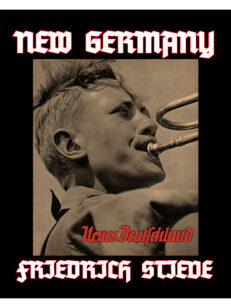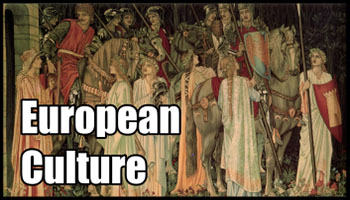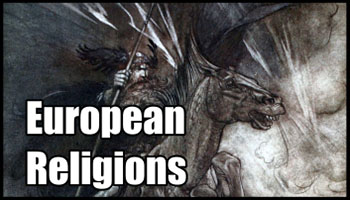Description
By Jupp Dahler. A superb-quality digital copy taken from the original which contains the full original German text and illustrations only.
Der Untermensch (“The Underman”) is possibly the Third Reich’s most famous, misquoted, and misrepresented publication ever.
First issued in 1942 by the SS head office under the direct orders of Heinrich Himmler, The Underman has ever since been portrayed as “anti-Slavic,” “anti-Russian,” and “anti-Jewish.” In fact only the third allegation has any truth to it. The “anti-Slavic” and “anti-Russian” claims are merely the product of postwar propaganda, reliant on the fact that almost no one would have the chance to actually read the publication for themselves.
The reason for this was that after the war, the Allied occupying powers in Germany ordered all copies of the publication seized and burned. As a result, only a tiny handful were saved, and it is from one of these very few surviving copies, that this edition has been prepared.
In addition to its rarity, the text has also never been correctly and fully translated into English (until now), a fact which has greatly eased the task of those seeking to distort what it actually says.
Ideologically hostile Jewish propagandists have, for example, engaged in outright forgery and misrepresentation of its contents, while a single translation made by an ideologically sympathetic postwar publisher suffered from serious grammatical and translation distortion errors.
Far from being anti-Slavic, the reader will see that the SS Head Office publication portrayed Russians as victims of Communism—and then specifically blamed Jews as being behind Communism, and, ideologically speaking, inheritors of a far older, far eastern attack on Europe which had started with Genghis Khan and the Mongols.
Nowhere in the SS book are the Slavic people denigrated, and in fact many of the traditional Slavic nations are mentioned in text and photograph as being part of the greater European family. European nations specifically mentioned in this book include Portugal, Spain, Italy, France, Belgium, the Netherlands, Denmark, Norway, Finland, Italy, Switzerland, Slovakia, Croatia, Greece, Bulgaria, Hungary, and Romania.
The suffering of ordinary Russian people under the Soviet system forms a large focus in this work, and at all times great sympathy is evoked for these victims of Communism: men, women and children alike. Special mention is made of their awful living conditions, inflicted by the Soviet economic collectivization system, and always condemned only as the result of Communism.
In addition, the economics, social structure, art, and even freedom of religion under the Soviet state is dramatically and graphically compared with Germany—and elsewhere in Europe.
Finally, after reviewing numerous Soviet atrocities and Communist secret police torture chambers discovered during the German advance into the Baltic states and the Ukraine, this SS book ends with a dramatic series of photographs showing the murderous intentions of the Soviet state—and a warning that if the European people did not unite and together fight off the attack by the “Jewish-led Underman,” then Europe itself would be destroyed.
This high-quality reproduction is not a “Photostat” but a fully digitally restored copy taken directly from a rare 1942 original.
55 pages. 8.5″ x 11″. Paperback. Also available as a German and English combined edition, and an English only edition.



























